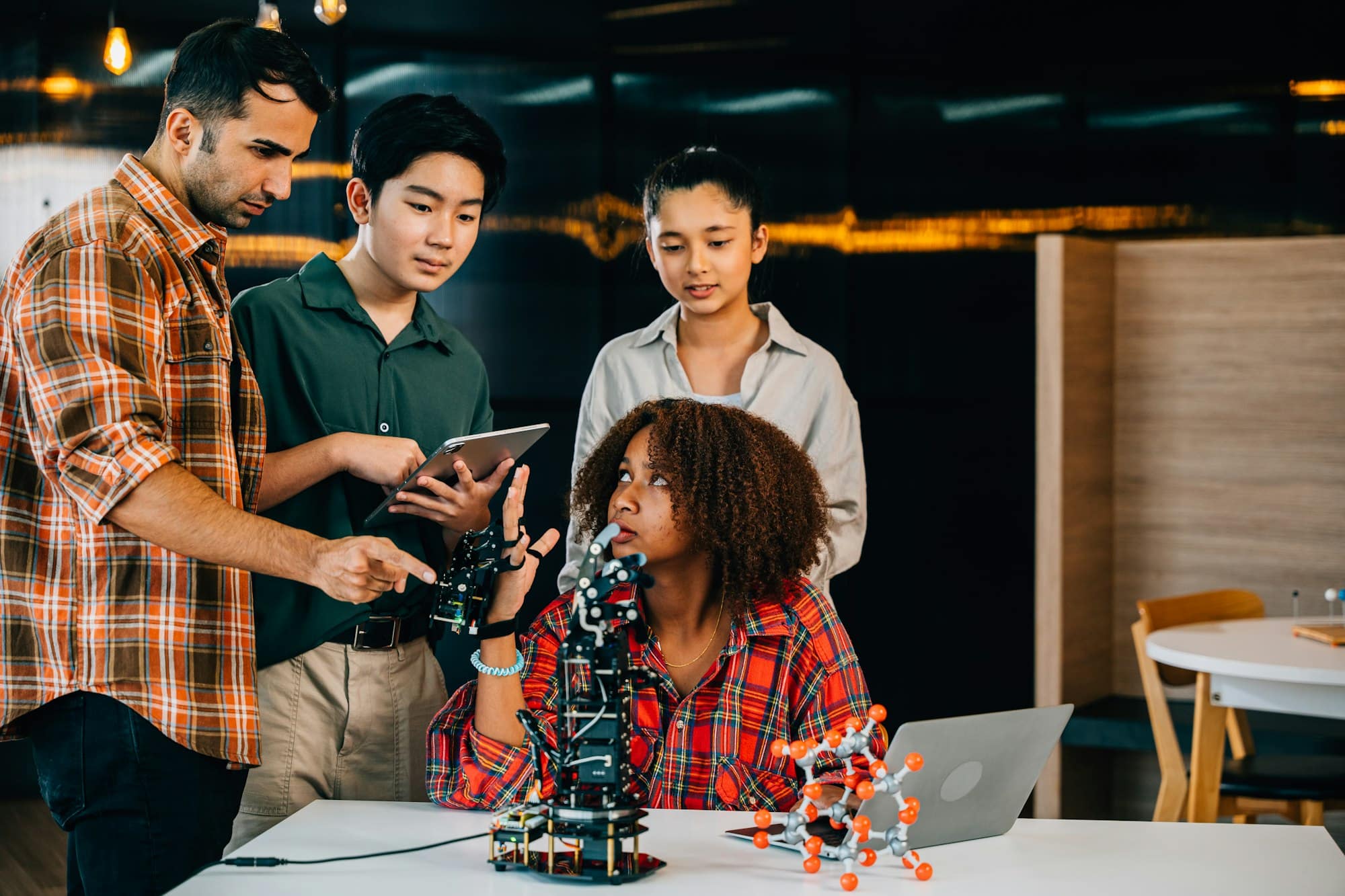How Can Companion Robots Alleviate Feelings of Isolation in the Elderly with Mobility Issues?

As the world continues to shift towards technological advancements, robots have emerged as a significant player in various sectors, including healthcare. However, it’s not just about automated procedures and surgeries, but rather, the focus here is on companion robots. Designed with sophisticated artificial intelligence, these robots are now being leveraged as a solution to address loneliness and isolation among the elderly, particularly those with mobility issues. But how can these robots actually help? Let’s explore.
The Growing Issue of Loneliness in Older Adults
Loneliness is a common and significant issue among older adults. It’s not just about being physically alone, but also feeling emotionally isolated. This issue becomes more pronounced for older adults with mobility issues who cannot easily socialize or engage in community activities. Studies suggest that loneliness can have detrimental impacts on their health, often leading to depression or exacerbating physical ailments.
Additional reading : What Are the Impacts of Smart City Design on Physical Activity and Obesity Rates?
However, recent developments in robotic technology present a potential solution. Companion robots offer an innovative way to provide emotional support and companionship for people who spend a significant amount of time alone.
Companion Robots: An Overview
Before we delve into how companion robots can alleviate loneliness, let’s understand what they are. Companion robots, also known as social robots, are designed with the goal to interact with humans in a socially acceptable manner. These robots are not just simple machines, but entities capable of learning, adapting, and interacting according to the user’s needs.
In parallel : How to Safely Implement Fasting Protocols for Health Benefits without Risking Malnutrition?
Companion robots can come in various forms. Some resemble humans or pets, while others are more abstract in their design. Regardless of their physical appearance, these robots are equipped with artificial intelligence capabilities, allowing them to engage in meaningful conversations, recognize emotional cues, and provide appropriate responses.
Robots in Elderly Care: A New Age Solution
When considering elderly care, the image that often comes to mind is of a human caregiver or a nurse providing physical and emotional support. However, with the advent of companion robots, the landscape of elderly care is evolving.
Robotic companions can provide a sense of company and emotional support for the elderly, especially those with mobility issues who find it difficult to leave their homes. These robots are designed to mimic human interaction, understand the emotional state of their users, and respond accordingly.
Making use of advanced technologies, companion robots can initiate conversations, recall past interactions, and even express simulated emotions. They can also remind elders to take their medication, encourage them to engage in physical activities, and help them connect with their loved ones via video calls, thereby enhancing their overall health and well-being.
Crossref: Connecting Social Robots to Scholarly Research
As an interesting crossref, scholarly research supports the use of companion robots in elderly care. Several studies indicate that interaction with these robots can lead to improved mood, better cognitive function, and reduced feelings of loneliness among older adults.
An increasing number of scholars are endorsing the use of social robots for older adults with mobility issues. They believe that these robots can provide a unique form of companionship that fills the emotional void resulting from isolation. These robots, with their capability to interact, understand, and respond, can simulate a real social presence, thereby helping to alleviate feelings of loneliness.
The Human-Robot Bond: Emotional Connections and Pet-like Companionship
It might seem a bit strange to think about forming an emotional connection with a machine. However, the human-like interactions provided by the companion robots can indeed lead to a strong emotional bond between the elderly and the robots.
Some companion robots are designed to resemble pets, and studies have shown that the elderly often form a bond with these robots similar to the bond people form with their pets. This pet-like companionship, coupled with the ability to interact in a human-like way, makes these robots even more appealing to the elderly.
In the grand scheme of things, companion robots provide more than just assistance in daily activities. They offer specialized support focused on the emotional and social needs of the elderly. This can dramatically improve their quality of life, especially for those with mobility issues who struggle with loneliness and isolation.
Companion Robots: A Potential Solution for Social Isolation
As the world faces the growing issue of social isolation among older adults, particularly those with mobility issues, companion robots are emerging as a potential solution. Backed by research from Google Scholar, PubMed Crossref, and Crossref Google, these robots are designed to help the elderly feel less lonely and more connected.
Companion robots are not just a fancy gadget, but a revolutionary tool designed specifically for the mental health of older adults. They are equipped with features that allow them to interact with users in ways that mimic human-like interaction. For example, they can understand and respond to emotional cues, initiate conversations, and recall past interactions. Some robots even have the ability to express simulated emotions, affording older people a form of companionship that may otherwise be lacking in their lives.
For the elderly living with dementia, companion robots can be a source of emotional support, helping them cope with feelings of confusion and anxiety often associated with the condition. In scenarios where family members cannot always be present, these robots fill a critical role by providing a constant companion that can monitor, interact with, and respond to the user’s needs.
Research accessed via article PubMed and PMC free revealed that interaction with companion robots resulted in improved mood, better cognitive function, and reduced feelings of loneliness among older adults. This evidence suggests that companion robots could play a pivotal role in elderly care, addressing both physical and emotional needs.
Conclusion: A Bright Future for Companion Robots
In the evolving landscape of elderly care, companion robots offer a beacon of hope. With advancements in artificial intelligence, these robots are bridging the gap between technology and emotional support, providing a unique solution to the problem of social isolation among older adults.
The future of companion robots looks promising. As their capabilities continue to evolve, so too does their potential to positively impact the lives of the elderly. From being a comforting presence to offering pet-like companionship, these robots are enhancing the quality of life for older adults, particularly those with mobility issues.
While it’s clear that robots can never replace human companionship entirely, they can provide a valuable supplement, especially in situations where human interaction is limited. For older adults dealing with loneliness and isolation, companion robots can make a world of difference. As scholarly research continues to support the efficacy of these social robots, it’s only a matter of time before they become a common feature in our homes, providing companionship and care to those who need it most.
